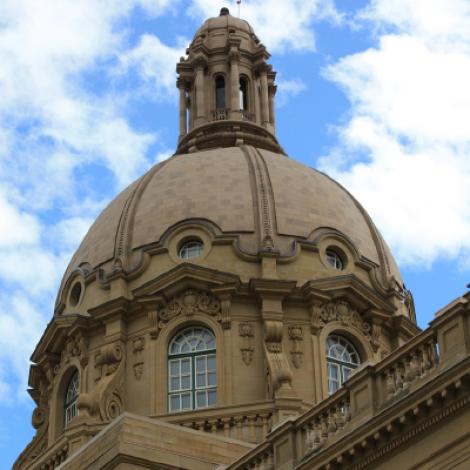Provide your input on Alberta’s Métis Harvesting Policy
The Government of Alberta is conducting a review of its Métis harvesting policy to ensure it is consistent with case law while respecting Métis harvesting practices.
In 2003, the Supreme Court of Canada released a decision, in R. v. Powley, finding that a Métis collective in Sault Ste. Marie has an Aboriginal right to hunt for food and is protected under section 35 of the Constitution Act, 1982. In that case, the Supreme Court set out the test to be applied to determine whether a Métis collective has aboriginal rights to harvest.
The Métis Harvesting in Alberta policy describes how the province of Alberta seeks to identify those individuals who, in Alberta’s view, may have harvesting rights.
The policy outlines who qualifies as a Métis harvester and when and where hunting and fishing can take place.
As of 2010, the Government of Alberta considered the eight Métis Settlements and the following seventeen communities as both historic and contemporary Métis communities for the purposes of Métis harvesting: Fort Chipewyan, Fort McKay, Fort Vermilion, Peace River, Cadotte Lake, Grouard, Wabasca, Trout Lake, Conklin, Lac La Biche, Smoky Lake, St. Paul, Bonnyville, Wolf Lake, Cold Lake, Lac Ste. Anne and Slave Lake.
If you would like to share your perspectives on the policy review in writing, please email GoA.MetisHarvesting [at] gov.ab.ca (GoA[dot]MetisHarvesting[at]gov[dot]ab[dot]ca).


